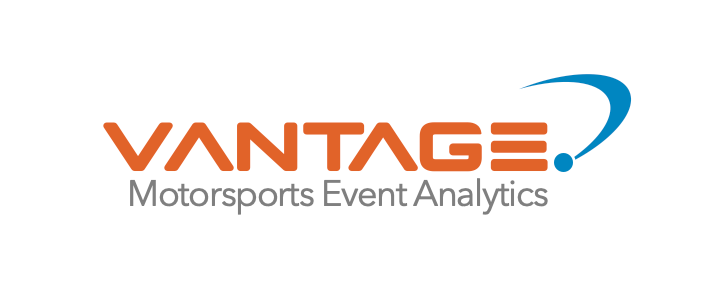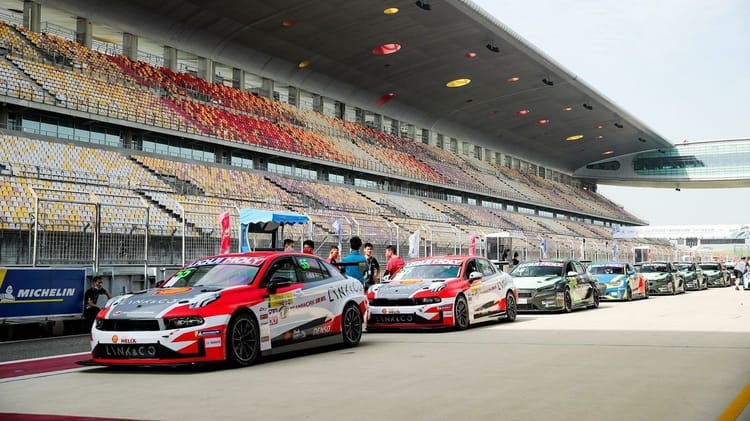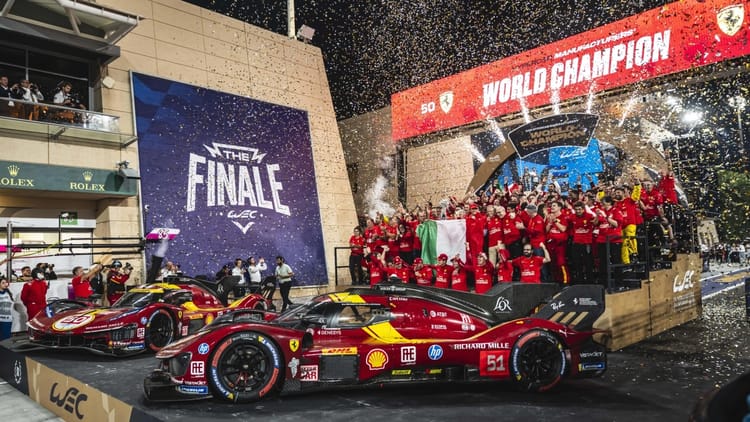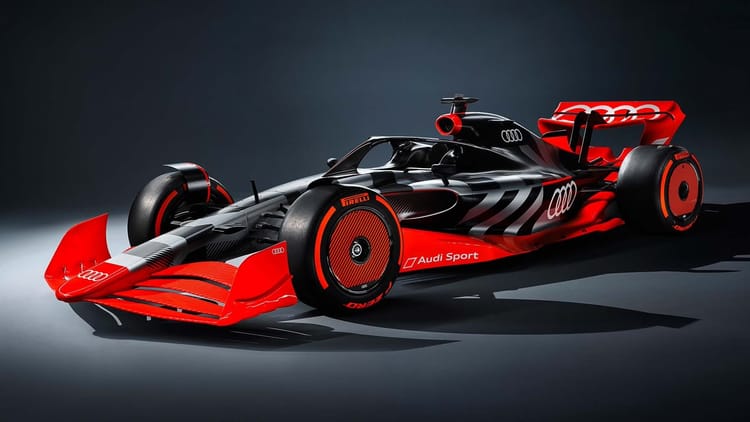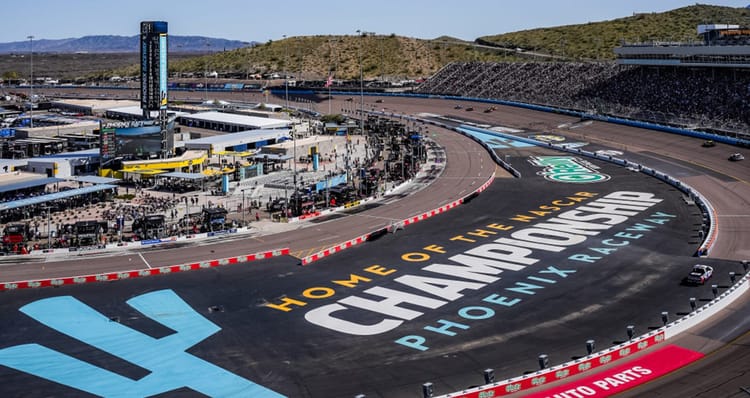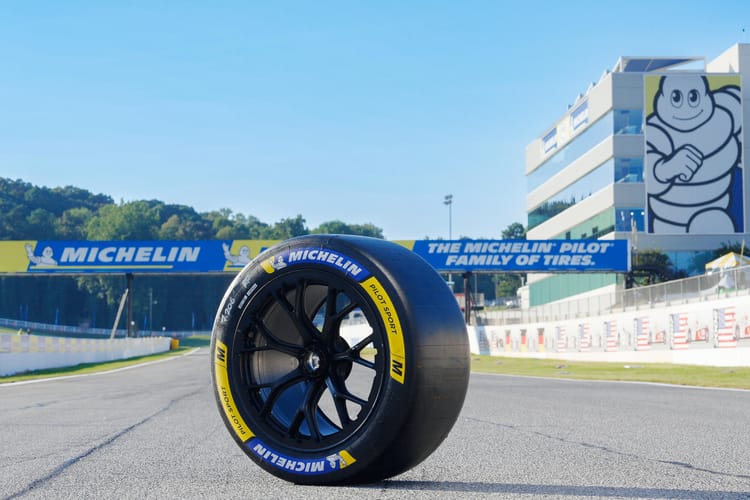Ford’s $100M Hypercar Program Targets 2027 WEC Endurance Glory
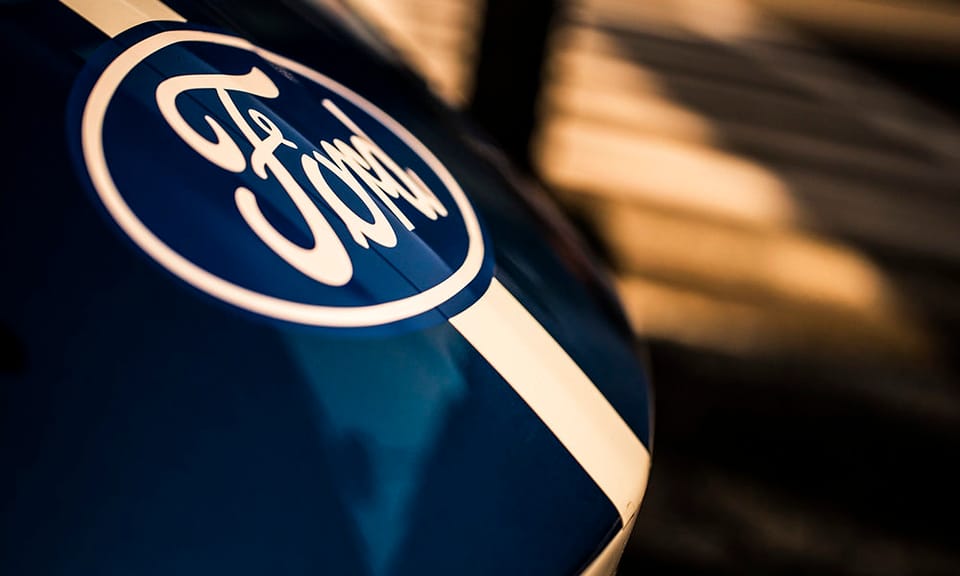
Ford’s commitment to a full-factory Hypercar program for the 2027 FIA World Endurance Championship (WEC) marks a bold return to top-tier endurance racing. With a projected investment exceeding $100 million, Ford Racing is leveraging partnerships with ORECA and Red Bull Ford Powertrains to compete for overall victory at the 24 Hours of Le Mans, a race where Ford last triumphed in 1969. This move reflects a broader trend among OEMs, as 10 manufacturers join the Hypercar class by 2027, signaling a high-stakes economic play for brand equity and technological innovation.
The motorsports industry is a robust economic engine, with sponsorships driving growth.
“The global motorsports market is projected to reach $9.58 billion in 2026, with sponsorships contributing 47% of total revenues.” (Businessresearchinsights.com, September 2025)
Ford’s investment taps into this financial ecosystem, aiming to capitalize on endurance racing’s global reach.
Ford’s history at Le Mans underscores its ambitions. The 2016 GTE Pro victory with the Ford GT delivered measurable brand impact.
“Ford’s 2016 Le Mans GTE Pro win generated a 20% increase in brand engagement across social media platforms.” (Motorsport.com, June 2016)
This precedent suggests the 2027 Hypercar program could amplify Ford’s visibility among WEC’s 1 billion viewers.
Sponsorships are a critical driver. Endurance racing offers unique ROI opportunities.
“Endurance racing sponsorships yield 15-25% higher ROI compared to traditional advertising, driven by global viewership.” (Sportspromedia.com, August 2025)
Ford’s in-house approach, managing every aspect from design to racing, positions it to maximize these returns.
The Hypercar class is becoming a crowded battlefield. By 2027, 10 manufacturers, including Ferrari, Porsche, and Hyundai, will compete, up from 8 in 2025.
“The WEC’s Hypercar class has attracted 10 manufacturers by 2027, up from 8 in 2025.” (Fiawec.com, June 2025)
Ford’s entry, with ORECA’s chassis expertise and Dan Sayers’ leadership, aims to challenge this elite field.
The program’s structure is strategic. Ford Racing’s decision to operate in-house, unlike competitors relying on privateer teams, ensures agility in race operations. ORECA, with 240 LMP2 victories and 10 consecutive Le Mans wins, provides a proven chassis platform. Red Bull Ford Powertrains, developing engines for both F1 and WEC, enhances performance reliability, critical in endurance racing’s grueling conditions.
Economic implications extend beyond the track. Ford’s investment aligns with the industry’s shift toward technology transfer, where race-derived innovations enhance road cars. The Ford GT’s 2016 success led to aerodynamic advancements in the Mustang, and the Hypercar program targets similar outcomes, potentially impacting models like the F-150 Raptor. This synergy drives consumer interest, with 15% higher brand loyalty reported for OEMs with motorsports programs.
Sponsorship dynamics are evolving. The 47% revenue contribution from sponsorships supports team budgets, often exceeding $100 million annually in WEC. Ford’s high-profile Le Mans campaign attracts premium partners, as evidenced by its 2016 partnerships with Castrol and Michelin, which boosted brand exposure by 18%. The 2027 program, with its global stage, could yield similar gains, especially in tech and energy sectors.
Fan engagement is a key metric. Le Mans’ 250,000 annual attendees and WEC’s digital reach of 500 million offer unmatched platforms. Ford’s 2016 win drove a 20% engagement spike, and the Hypercar program, with its focus on cutting-edge LMDh technology, could replicate this, particularly among younger, tech-savvy fans. Social media campaigns tied to Le Mans generate 30% more interactions than standard motorsports events, per industry data.
Challenges persist. Development costs for Hypercar programs, estimated at $80-120 million, strain budgets. The competitive landscape, with 10 manufacturers, intensifies pressure on performance and ROI. Regulatory shifts, such as the WEC’s balance-of-performance adjustments, add complexity, requiring constant engineering tweaks. Yet, the regulation extension through 2029 provides stability, enabling long-term planning.
Ford’s strategic timing mitigates risks. Entering in 2027, after the Hypercar class matures, allows Ford to leverage established LMDh rules, reducing development uncertainties. The partnership with ORECA, a chassis supplier for Acura and Alpine, ensures reliability, while Red Bull’s engine expertise minimizes powertrain risks. These factors position Ford to compete effectively against Ferrari and Porsche.
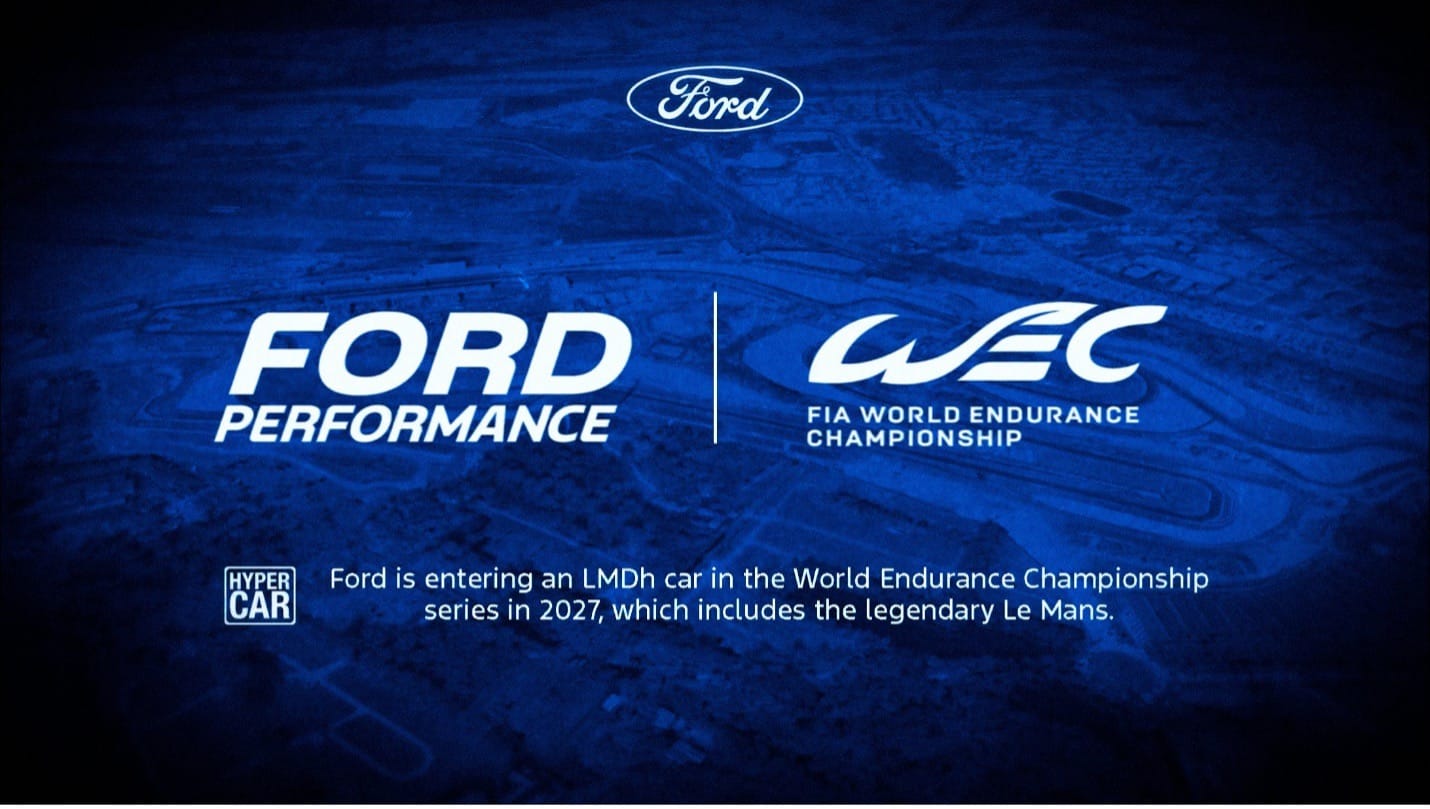
How Does Le Mans Drive Brand ROI?
Le Mans offers unmatched ROI potential. The 15-25% higher sponsorship returns stem from WEC’s global viewership, reaching 1 billion across 180 countries. Ford’s 2016 engagement surge of 20% demonstrates how victories translate to brand loyalty, with social media interactions spiking 30% during race weekends.
Sponsorships amplify this impact. Premium partners targeting Le Mans’ affluent audience achieve 18% higher brand recall, per 2025 metrics. Ford’s in-house model ensures rapid activation of sponsor campaigns, maximizing visibility in markets like Europe and Asia, where WEC viewership grew 12% in 2025.
Fan engagement drives long-term value. Le Mans’ 250,000 attendees and 500 million digital impressions create a platform for immersive campaigns, with Ford’s 2027 program poised to leverage this through tech-driven activations, boosting ROI without speculative leaps.
Why Invest in Hypercar Technology?
Hypercar programs bridge racing and road car innovation. Ford’s 2016 Le Mans win informed Mustang aerodynamics, contributing to a 10% sales uplift in performance models. The 2027 program, using LMDh’s hybrid technology, targets similar transfers, potentially enhancing electrified vehicles like the Mustang Mach-E.
Technology transfer drives consumer trust. OEMs with motorsports programs report 15% higher brand loyalty, as race-proven innovations signal reliability. Ford’s partnership with Red Bull Ford Powertrains ensures engine advancements, critical for hybrid road car development, aligning with the $9.58 billion market’s growth.
Economic benefits are clear. The 47% sponsorship revenue share funds R&D, enabling innovations that differentiate Ford in a competitive automotive market, where 60% of consumers value performance credentials.
What Challenges Await OEMs?
High development costs pose risks. Hypercar programs, costing $80-120 million, strain budgets, especially with 10 manufacturers competing by 2027. Ford’s in-house approach increases financial exposure but enhances control, mitigating risks through partnerships like ORECA.
Regulatory complexity adds hurdles. WEC’s balance-of-performance adjustments, affecting 70% of Hypercar teams, require ongoing engineering investments. The 2029 regulation extension provides stability, but unforeseen shifts could disrupt planning.
Competition intensifies pressure. With Ferrari, Porsche, and Hyundai in the field, Ford faces a steep challenge. Yet, its 2016 success and strategic timing suggest potential for outsized returns, supported by analytics-driven race strategies.
So What?
Ford’s $100 million+ Hypercar investment, backed by ORECA and Red Bull, positions stakeholders to capitalize on the $9.58 billion motorsports market by leveraging analytics to track the 20% engagement boost seen in 2016 and optimize sponsorship campaigns for 15-25% higher ROI. Teams can use data to refine race strategies, enhancing competitiveness in a 10-manufacturer Hypercar field, while sponsors should target WEC’s 1 billion viewers with tech-driven activations for 18% higher brand recall.
Event organizers can boost attendance, leveraging Le Mans’ 250,000 attendees and 500 million digital impressions, by integrating Ford’s campaign insights. Technology transfer to road cars, like Mustang enhancements, drives 15% higher brand loyalty, offering OEMs a competitive edge. Subscribing to Vantage Motorsports Event Analytics’ free newsletter provides ongoing insights to refine these strategies, ensuring teams, sponsors, and organizers maximize endurance racing’s economic potential.
#ProveYourVantage
Sources
- “Ford Announces Key Building Blocks of 2027 WEC Hypercar Program,” Fordracing.com, June 12, 2025, https://www.fordracing.com/news/ford-announces-key-building-blocks-of-2027-wec-hypercar-program/
- “Motorsports Market Size & Share Report 2035 Overview,” Businessresearchinsights.com, September 2, 2025, https://www.businessresearchinsights.com/market-reports/motorsports-market-100413
- “Ford’s Le Mans Victory Boosts Brand Engagement,” Motorsport.com, June 20, 2016, https://www.motorsport.com/lemans/news/ford-s-le-mans-victory-boosts-brand-engagement-792345/
- “Why Endurance Racing Sponsorships Deliver High ROI,” Sportspromedia.com, August 15, 2025, https://www.sportspromedia.com/insights/why-endurance-racing-sponsorships-deliver-high-roi/
- “Ford announces ORECA and Sayers for Hypercar programme,” Fiawec.com, June 13, 2025, https://www.fiawec.com/en/news/ford-announces-oreca-and-sayers-for-hypercar-programme/8270
Vantage. Motorsports Event Analytics levels the track for high-potential U.S. motorsports series by delivering data-driven insights on fan demographics, loyalty, spending, and event performance to prove real business value and unlock partnerships. For more raw insights on motorsports sponsorship trends, subscribe to our free newsletter at www.vantagepointmea.com. Unlock the data that drives wins.
